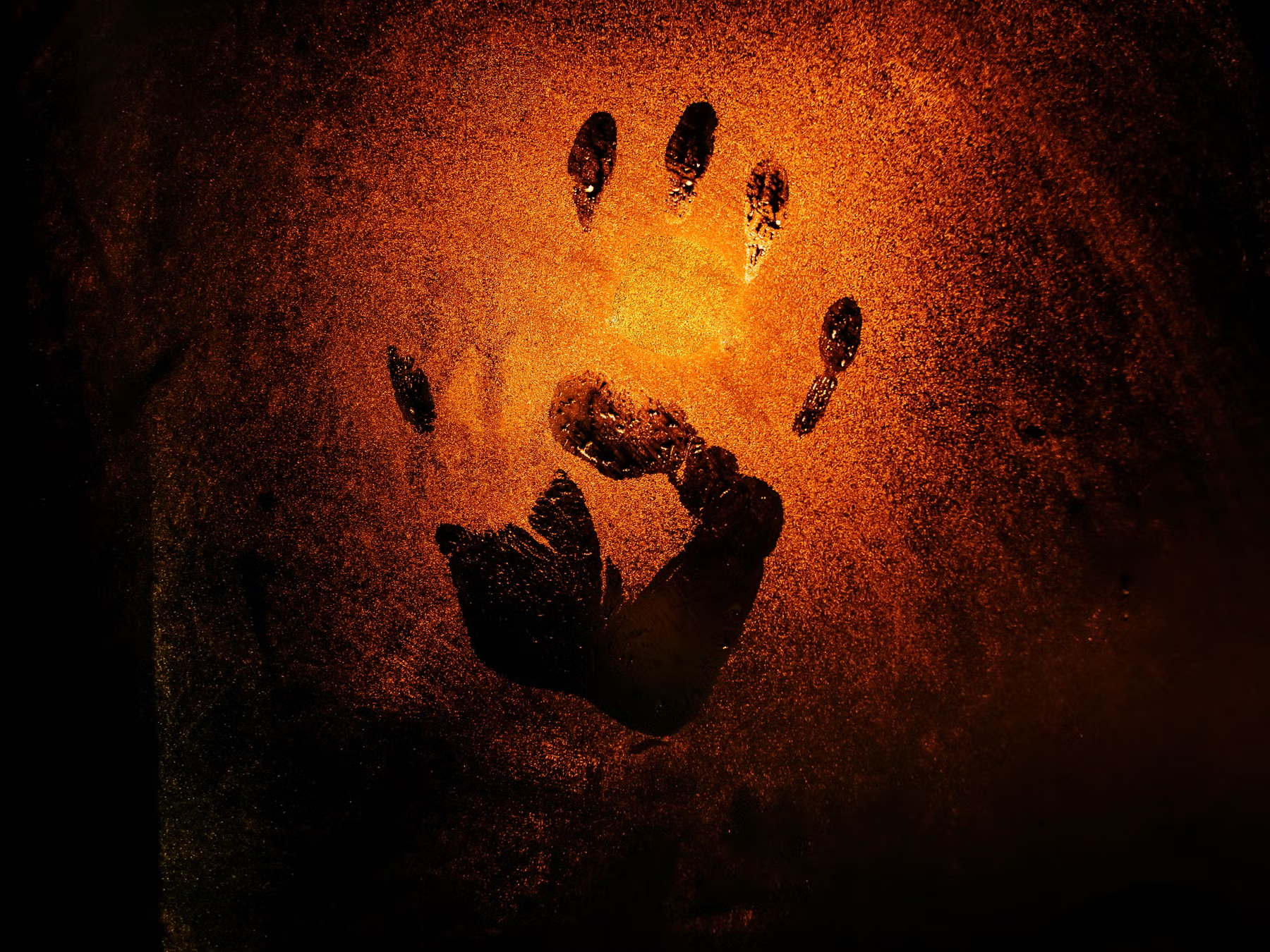In an astonishing turn of events, a seemingly unremarkable car park in Japan has revealed a hidden treasure beneath its surface—an ancient tomb dating back 1,400 years, believed to belong to an elite warrior. This extraordinary discovery unfolded during excavation work for a hotel courtyard near the Horyuji Temple, a UNESCO World Heritage Site located in Ikaruga. The findings from this tomb have unveiled a trove of ancient artifacts, offering a glimpse into Japan's rich history during the late 6th century AD.
A Treasure Trove of History
What initially appeared to be routine construction work in the car park quickly evolved into an extraordinary archaeological endeavor. The proximity of the site to the Horyuji Temple led experts to dig deeper, ultimately revealing the presence of a kofun—a distinct type of burial mound reserved for rulers, warriors, and nobility. These kofun tombs, constructed between the 3rd and 7th centuries, provide invaluable insights into the elite society of ancient Japan.
Among the remarkable artifacts discovered within the tomb were jewelry, iron swords, arrowheads, and clay pots, all dating back to the late 6th century AD. These relics not only attest to the high status of the individual interred in the tomb but also provide crucial historical context for the era.
Archaeologists found a wealth of artefacts under the car park (Credit: Naohiro Toyoshima via Pen News)
A Profound Historical Find
Professor Naohiro Toyoshima, an archaeologist from Nara University, played a pivotal role in unraveling the mystery of this ancient tomb. The tomb had been concealed beneath small trees prior to excavation, and its historical significance became increasingly evident as the dig progressed. Inside the tomb, archaeologists found an array of artifacts, including iron swords, iron arrowheads, horse harnesses, earthenware, and necklace beads. These findings underscore the importance of the tomb's occupant within Japanese society. Although the warrior's remains had decomposed over the centuries, the positioning of the sword within the tomb suggested that two individuals were likely buried there. Professor Toyoshima emphasized that the tomb likely belonged to a locally influential figure. Notably, this burial predates the era of the samurai by roughly 500 years, offering a unique glimpse into Japan's early elite class.
Preservation and Speculation
The tomb itself measures nearly four meters in length, 1.6 meters in width, and one meter in depth. Surprisingly, it had remained untouched by grave robbers despite its age. However, researchers noted signs of damage to the stone ceiling, leading to speculation that it might have been repurposed as a construction material during the 17th-century AD construction of the Horyuji Temple. Alternatively, it could have been used in the construction of a palace associated with the temple, potentially belonging to the temple's commissioner, Prince Shōtoku.
Clay pots, iron swords and arrowheads were all discovered in the warrior's tomb (Credit: Naohiro Toyoshima via Pen News)
The Future of the Discovery
Recognizing the historical significance of this find, the site has been named the Funazuka kofun burial mound. Professor Toyoshima has assured that the tomb will be backfilled and preserved, ensuring its protection for future generations. Additionally, the remarkable artifacts uncovered during the excavation will be displayed in a local museum, allowing visitors to delve deeper into Japan's ancient history.
The unearthing of a 1,400-year-old tomb belonging to an elite warrior beneath a Japanese car park is a testament to Japan's rich and intricate history. This discovery not only illuminates the lives of Japan's early elite but also provides invaluable archaeological insights into a bygone era. As this remarkable tomb and its artifacts are preserved for posterity, they continue to captivate our imaginations and serve as a poignant reminder of the profound history concealed beneath even the most ordinary of places.









